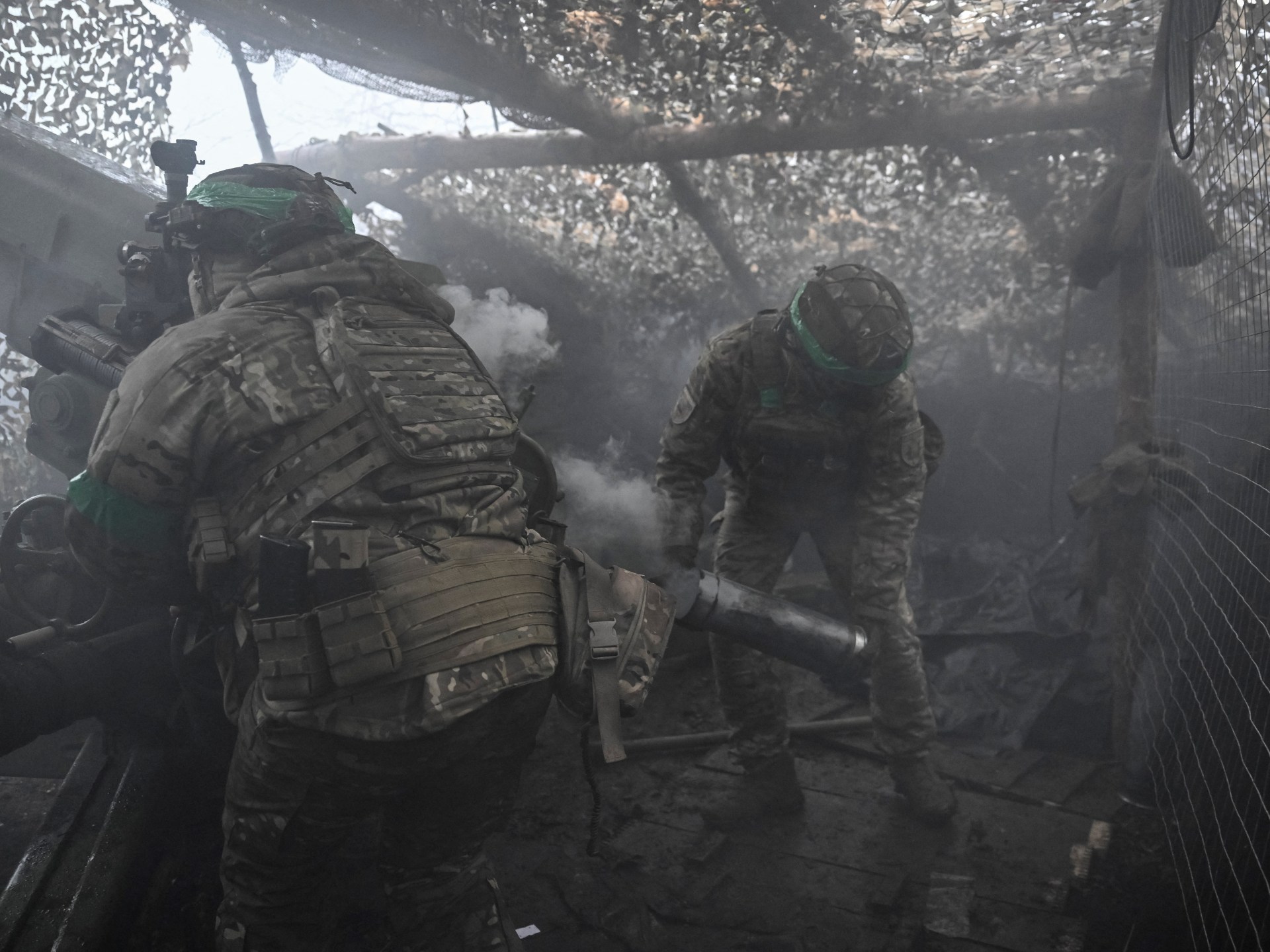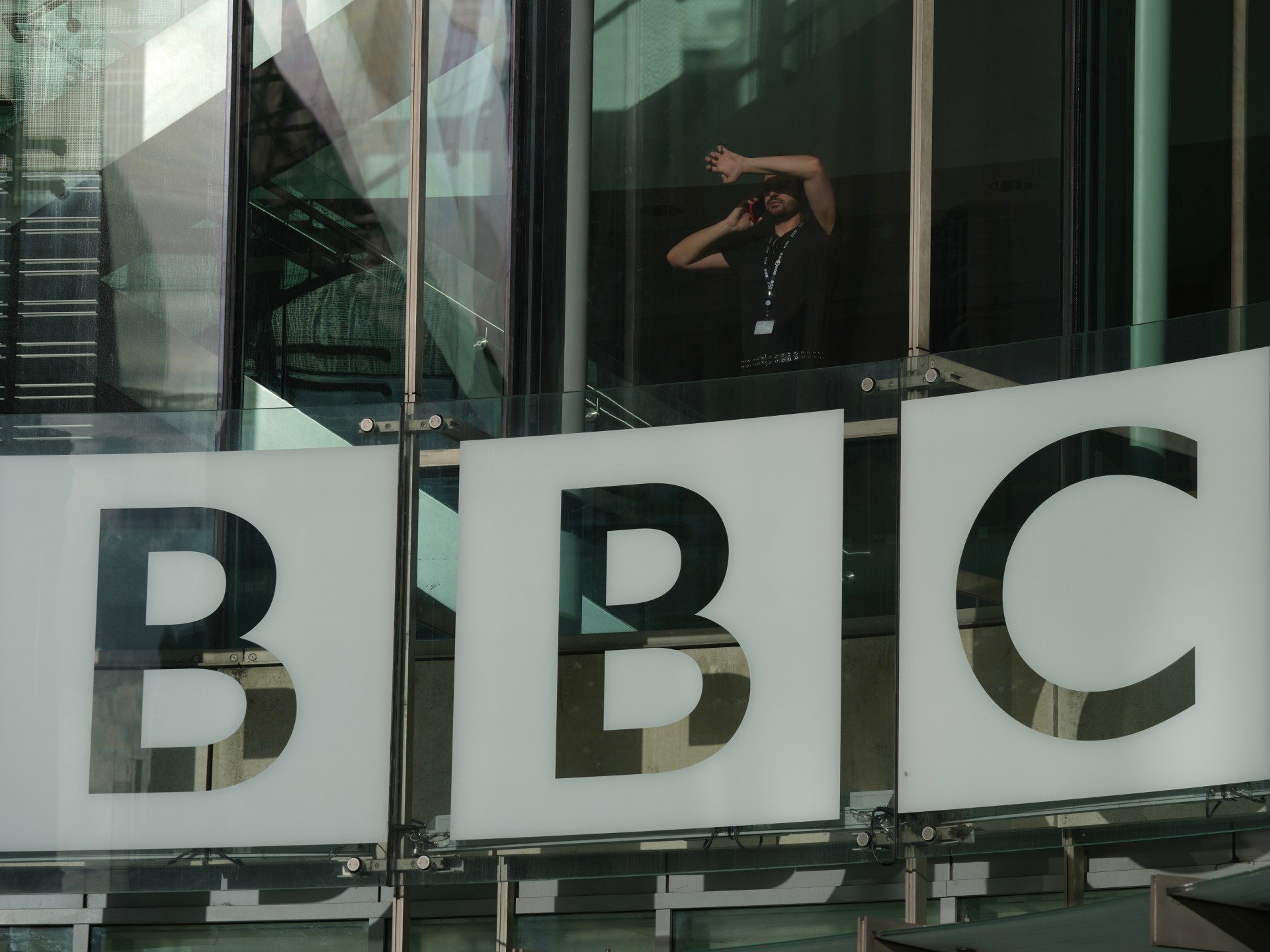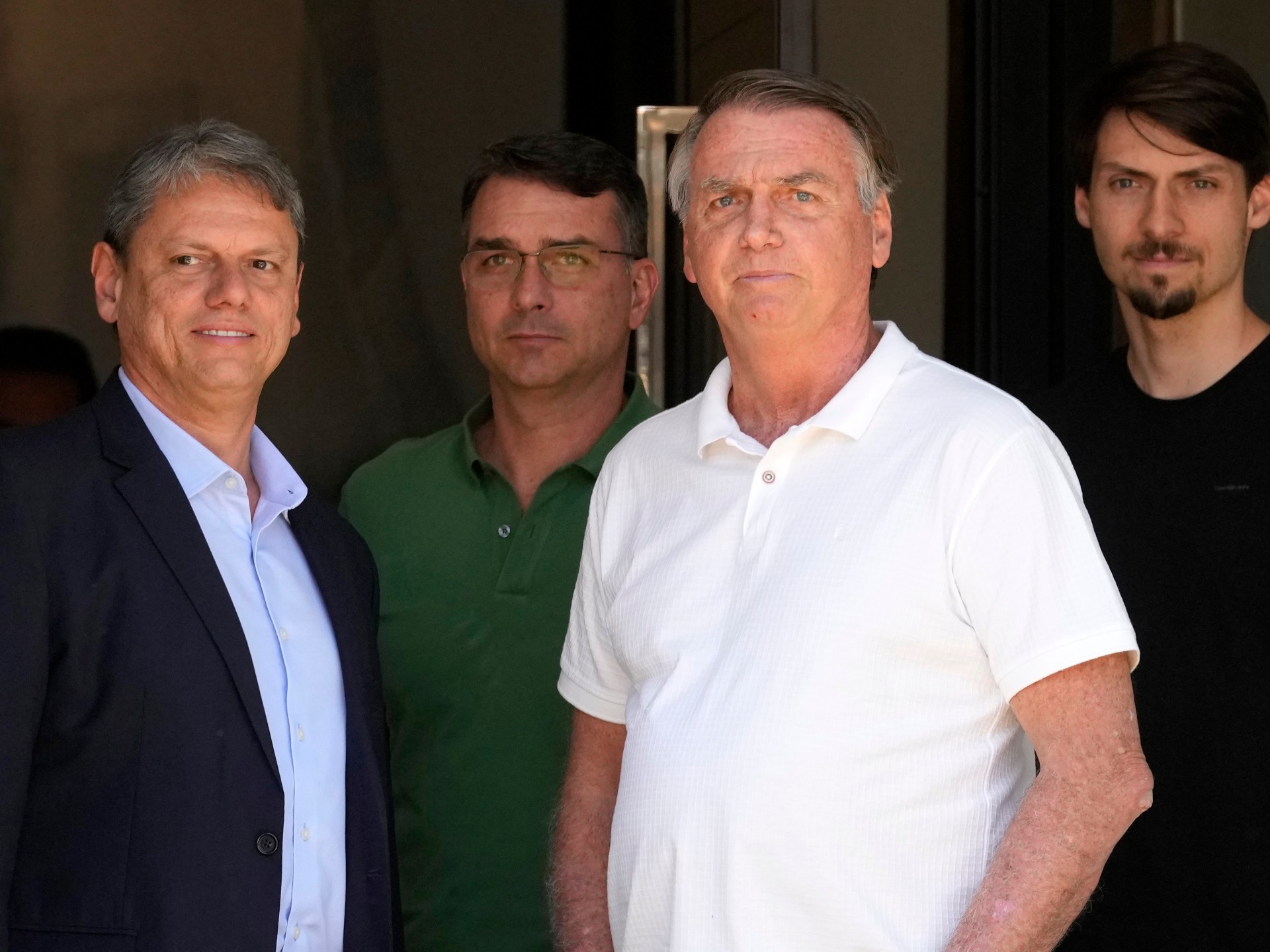Published On 22 Nov 2025
On Saturday, November 22, 2018, this is how things are going.
Fighting
- On the eastern bank of the Oskil River, in the eastern Kharkiv region of Ukraine, Russian forces are entangling about 5, 000 Ukrainian troops, according to Dmitry Peskov, a spokesman for the Kremlin. The Ukrainian military did not respond right away.
- The Donetsk region’s Yampil, Stavky, Novoselivka, and Maslyakivka villages, as well as the nearby Dnipropetrovsk village, were taken by Russia’s Ministry of Defense.
- Overnight, according to the Russian Defense Ministry, 33 Ukrainian drones were intercepted and detonated over five Russian regions, as well as Crimea and the Black Sea.
- According to Russia’s aviation watchdog, at least eight Russian airports were ordered to halt operations as a result of the nighttime attack.
- Ukraine claimed that its forces were blocking Russian troops’ advances and were maintaining defensive lines in the northern portion of Pokrovsk, the city’s tense eastern city.
- For months, Moscow’s forces have been fighting for control of Pokrovsk, a hub for Ukrainian military logistics, to open the “gateway” to the country’s industrial Donbass region.
plan of peace
- According to President Donald Trump, Ukrainian President Volodymyr Zelenskyy has until this coming Thursday to approve a Russia-backed peace plan.
- After meeting with Zohran Mamdani, the mayor-elect of New York City, on Friday, Trump said, “We have a way of getting peace, or we think we have a way of getting to peace. Volodymyr Zelenskyy, the president of Ukraine, will have to approve it.
- Zelenskyy said he would work with Washington on the peace plan quickly and constructively, but he also said he would not disregard the interests of his country.
- Zelenskyy urged Ukrainians to stay united during what he described as one of the most difficult times in their nation’s history in a video statement, adding that he anticipated more political pressure the following week.
- Zelenskyy added that Ukraine would work with Washington and Europe on an advisory level in order to create a peace plan after an hour-long phone call with US Vice President JD Vance.
- Zelenskyy claimed to have spoken with NATO Secretary-General Mark Rutte about the “available diplomatic options” for ending his nation’s conflict with Russia, including the “plan proposed by the American side.”
- According to Russian state news agency RIA Novosti, Maria Zakharova, a spokeswoman for Russia’s Ministry of Foreign Affairs, Moscow has not yet received a peace plan from the US.
- Russian President Vladimir Putin stated to senior Russian officials at a Security Council meeting that a Russian military might use the US proposal as the framework for a peace solution. However, if Kyiv rejected the proposal, Russian forces would advance even further.
- Following a phone call between Starmer, French President Emmanuel Macron, German Chancellor Friedrich Merz, and Zelenskyy, British Prime Minister Keir Starmer stated that any peace agreement between Russia and Ukraine must guarantee the country’s future security.
- The leaders “underlined their support for President Trump’s drive for peace,” according to Starmer’s office, and they “recognized that any solution must fully involve Ukraine, guard its sovereignty, and safeguard its future security.”
- According to Kaja Kallas, the EU’s director of foreign policy, Ukraine and the EU both want peace, but they won’t tolerate Russian aggression.
- “This is a very dangerous time for everyone,” Kallas said. “We all want this war to end, but it matters how it ends.” In the end, Ukraine must decide the terms of any agreement because Russia has no legal right to any concessions from the nation it invaded.
Sanctions
- According to the Department of the Treasury, the US has issued a general license allowing certain transactions to be done with the Hungary-based Paks II civil nuclear power plant project.
- Transactions involving Gazprombank, VTB Bank, and the Russian Central Bank are permitted under the license, which also includes those relating to the nuclear power plant project.
- Teboil, a subsidiary of Russia’s Lukoil, is the first major Russian oil company to announce its intention to shut down as a result of the sanctions the US put on Lukoil last month, according to news agency STT.
- Due to US sanctions, Lithuanian state-owned railroad LTG announced that it will stop Lukoil’s oil shipments to Kaliningrad, a Russian exclave.
- Kaliningrad, which is located on the coast of the Baltic Sea, can get direct shipments from its own country via the coast, but most of its supplies come from Russia via rail transit through Lithuania, which is a member of NATO.
Corruption
- By the end of this year, Ukraine’s government plans to appoint a new supervisory board at Energoatom, the state nuclear company at the center of a corruption scandal, according to Economy Minister Oleksii Sobolev.
- A scandal involving senior energy figures and a former Zelenskyy business associate has rocked Ukraine.
Economy
- According to import data from transit operators, Ukraine will significantly increase gas imports through the southern Trans-Balkan route, which connects it to Greece.
- Kyiv has recently lost at least half of its own gas production as a result of Russian drone and missile attacks on its energy infrastructure, forcing it to import an additional four billion cubic meters of gas over the winter heating season.
Regional security
- According to Polish Prime Minister Donald Tusk, “state terrorism” is the term used to describe sabotage activities carried out by Russia that aim to destabilize and weaken Poland.
- An explosion that occurred last weekend caused damage to railroad tracks on the Warsaw-Lublin route, which runs from the Polish capital to the Ukrainian border, according to Tusk as an “unprecedented act of sabotage”.
- After admitting to taking up to 40, 000 British pounds ($52, 344) in bribes to deliver pro-Russian speeches and statements, Nathan Gill, a former member of the British Parliament and former leader of the populist Reform UK in Wales, was sentenced to a more than 10 year jail term.






